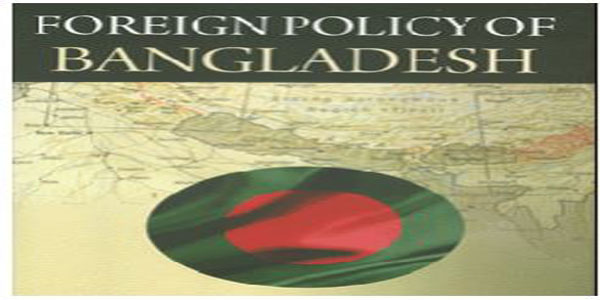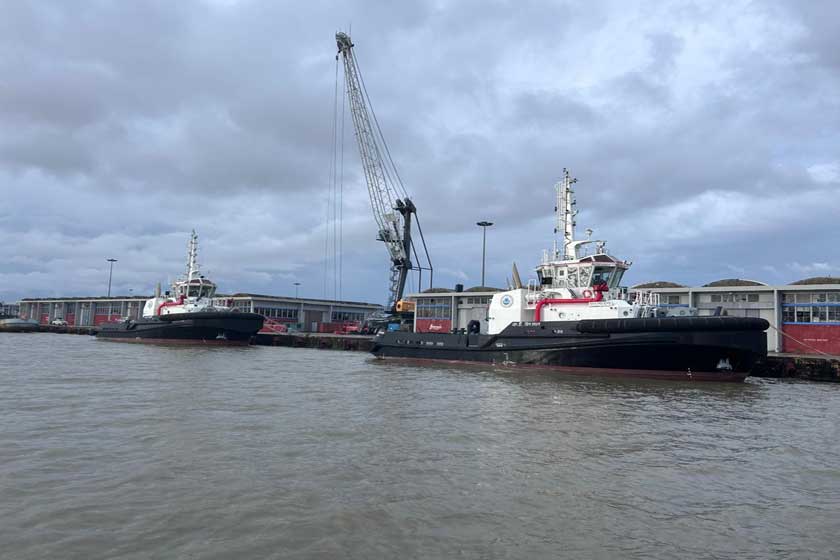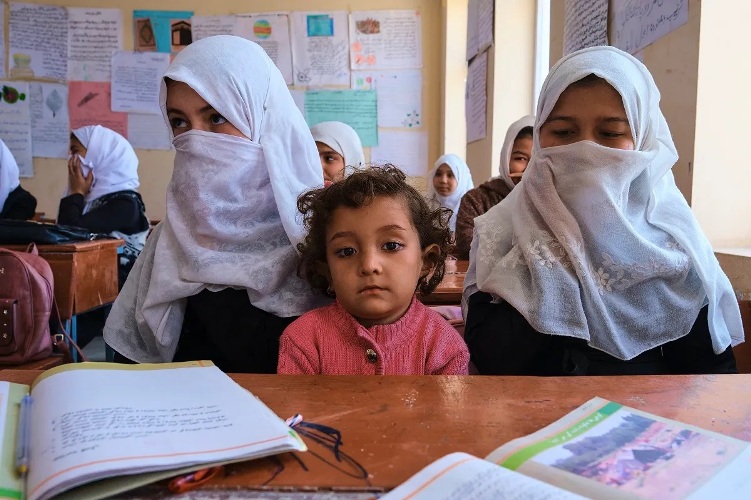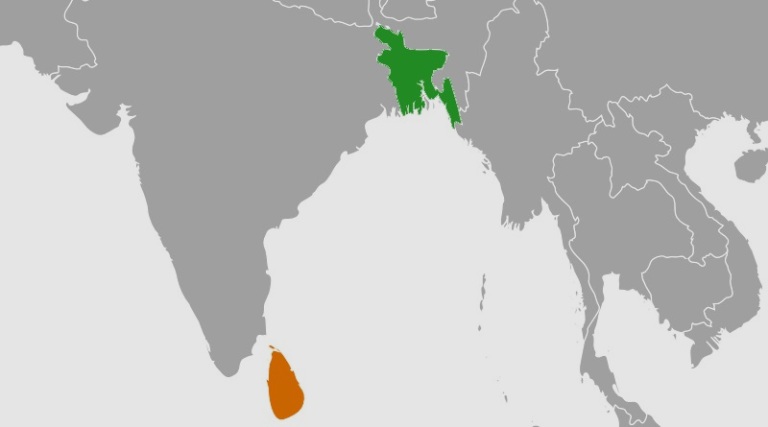
A street vendor carries a basket of onions while walking along the a rail track near the Kawran Bazar in Dhaka, Bangladesh, in December 2019. Bloomberg
Bangladesh faces a worsening climate migration crisis as intensifying floods send waves of displaced residents from low lying coastal zones to Dhaka each year.
“We cannot absorb a potential 10 million climate refugees or climates that might occur over the next 10 to 20 years,” Saleemul Huq, director of the International Centre for Climate Change and Development, said recently in a recorded video.
To ease pressure on the already overcrowded capital, Huq and his colleagues argue for the creation of “migrant-friendly” towns outside of major cities — a strategy that can be implemented in other densely populated countries. Each of these satellite locations would need its “own development and adaptation plans to address climate risks and economic opportunities” in order to attract migrants, they wrote in a paper published Thursday in the journal Science. A second, equally important solution is selective relocation abroad, they said.
The findings come as countries in South Asia are seeing extreme temperatures as a product of global warming, which can lead to environmental displacement. If temperature increases fail to meet the Paris Agreement goal of between 1.5°C and 2°C, about 22.5 million people in the region could be displaced by slow-onset events by 2030, and about 34.4 million could be displaced by 2050, according to projections from a separate 2020 report on the Costs of Climate Inaction.
Migrant-friendly towns should be climate-resilient and have basic infrastructure in place, like low-cost housing and employment opportunities, the researchers wrote in Science. They should also foster cultural ethics and values of incoming migrants, who experts say prefer not to move far from where they were displaced.
The strategy is currently being implemented in at least five cities in Bangladesh, with programs that specifically target migrants who have crowded into slums, and there are more municipalities that could potentially absorb an influx of displaced residents.
In the city of Rajshahi, for instance, the nonprofit BRAC helped establish programs to teach migrants new skills. Khulna is building flood-resistant systems in its slums and helping new residents access financial resources. And in Noapara, appealing for its fishing and shrimping industry, local officials are working on improving water supply and drainage systems.
The programs in Bangladesh have led to an increase in economic activity and prompted many migrants to engage in small businesses, according to the International Centre for Climate Change and Development, which facilitated the efforts.
While the strategy provides a domestic solution to displacement, sudden extreme weather events could also force vulnerable residents to move outside the country in search of economic opportunities and safer environments. To offset limitations to in-country relocation, the authors also recommend that governments collaborate across borders — between developed and developing countries, and between climate-vulnerable and climate-ready nations — to relocate climate refugees. The inflow of migrants, they argue, has been found to positively impact the labor market, public revenue and GDP growth for host countries, as well as foster an increase in knowledge and skills in countries of origin.
The authors warn though that such a strategy can only take place if countries embrace global cooperation and actively fight xenophobia.
“Acceptance of this proposal by Western democracies depends on whether they are ready to embrace and enjoy more of ‘smart/pooled’ sovereignty, with enlightened self-interests under climate-induced vulnerability interdependence, rather than holding on to a centuries-old ‘Westphalian’ model of a zero-sum game in global cooperation,” they wrote.
* Hadriana Lowenkron is the Editor-in-Chief @dailypenn












0 Comments